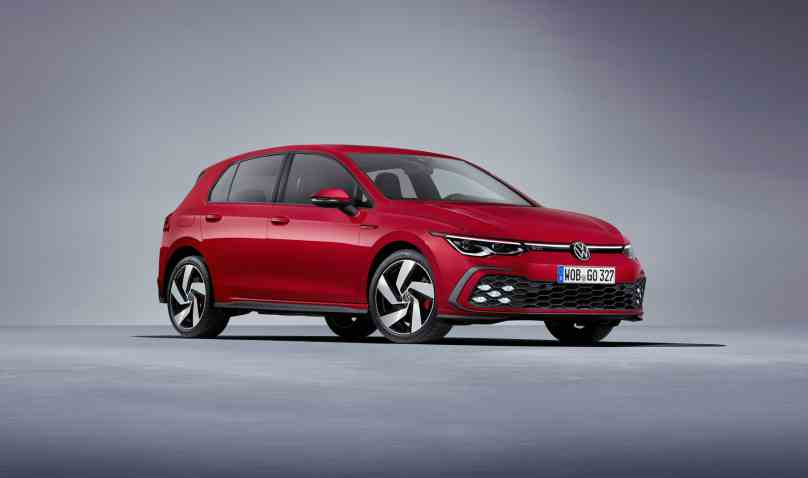Amid a tanking motor industry, Volkswagen’s new Golf GTI may see its thunder stolen by the all-electric ID.3, says Mark Gallivan
Covid-19 restrictions saw Volkswagen opt for a virtual webcast to reveal details of the forthcoming Golf GTI, which arrives in Ireland in late 2020. Parallel to the new GTI’s unveiling was the announcement that Volkswagen’s new ID.3 all-electric car is taking pre-orders now, with first deliveries earmarked for late summer.
The ID.3 promises a VW Passat interior space within a Golf footprint. The ID.3’s claimed range is around 420 kilometres for the mid-range version, according to Volkswagen.
Meanwhile, the European motor industry is in tatters. In Ireland, only 344 new cars were registered in April compared with 8,900 a year earlier. Volkswagen dealers will be expecting a fillip for 202 Golf models, as the new Mk8 range is the first comprehensive model refresh since 2012.
Car dealers who contend that government targets for electric vehicle adoption are nonsense argue that boosting sales of new cars such as the Mk8 Golf is a more realistic way to reduce transport emissions. VW says the Mk8 Golf cuts consumption by 17% compared with the equivalent predecessor, and there are five hybrid versions in the new range, including a plug-in hybrid with two power output options.
For the new GTI, there’s just the traditional petrol engine, producing 245hp between 4,700-6,200rpm. Two gearbox options are available: a six-speed manual or the familiar DSG seven-speed, dual-clutch transmission.
The new GTI may no longer be leading the pack with a 0-100 km/h time of 6.2 seconds, but Volkswagen’s focus for the Mark 8’s hot hatch is on delivering a new-found spring to its step. A new dynamics management system (VDM) provides a central controller for the gearbox, throttle and steering, and adjustment of the dampers through the optionally upgraded Dynamics Chassis Control System.
Volkswagen showcased this during its recent webcast, with videos of the new GTI performing high-speed adjustments while quickly regaining its composure. It’s also claimed that the VDM apportions enhanced drive to each of the front wheels.
The previous adaptive settings remain, with a choice of Comfort, Eco, Sport and Individual settings. These are operated through the new central dashboard slider control that is positioned under the digital infotainment screen. Volkswagen’s aim was to improve the GTI’s stability and overall agility when driven hard utilising a standard locking differential.
The cabin’s dashboard has been remodeled using digital displays as standard. Other features include illuminated radiator grille bar glows alongside the LED daytime running lights, with the option of five LED running lights arranged in a cluster under the front bumper. These are embedded in the new honeycomb air intake. Compared with the last generation GTI, the new car looks flatter and less upright than before.
The new Golf range and the GTI variant will doubtless continue to serve loyal VW customers. Many would consider switching to the ID.3’s eco-motoring alternative, but there’s the question of cost.
The ID.3 Plus model is priced from €42,000, inclusive of government subsidies, while the ID.3 Max model is priced at almost €49,000, nearly three grand more than the entry level GTI. Mind you, once you add on the GTI optional extras such as navigations system, adaptive chassis control and rear reversing camera, the sticker price escalate rapidly.








